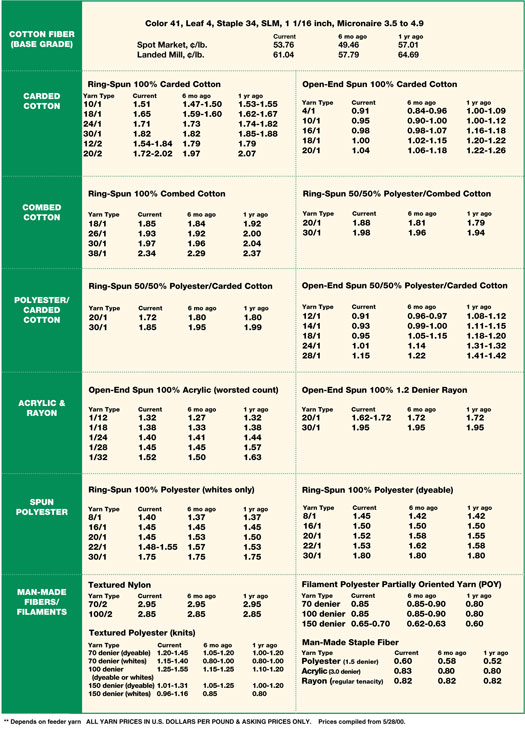The U.S. Department of Commerce trade
and economic data for the first quarter of 2000 show that textile and apparel exports totaled $4.4
billion, up 5.4 percent over the same period of 1999, while imports for the first quarter reached
an all-time high, totaling 7.8 billion square meters equivalent (sme) or $18 billion.
The increase in textile imports has been influenced by the three-year-old Asian financial
crisis on one hand and by the North American Free Trade Agreement (NAFTA) on the other, according
to ATMI President Roger W. Chastain. Regarding the surge in Asian imports, he cited increases of 44
percent from Pakistan, 32 percent from Thailand, 25 percent from Bangladesh and 14 percent from
China.
Helping to balance the increased imports from Mexico, at 17 percent, and Canada, at 21
percent, was a reciprocal increase in exports, primarily of fabric and cut pieces, to those two
countries totalling 15 percent.
“Unfortunately, we have not had that kind of success in exporting to other countries around
the world because many markets are closed to our exports,” said Chastain. “All the U.S. textile
industry asks is that it obtains its fair share of access to world markets so it can compete on a
level playing field where everyone plays according to the agreed-upon rules.”
Chastain also commented on the potential negative effects of the U.S. granting of permanent
Normal Trade Relations (NTR) to China and the phaseout of quotas against Chinese textiles and
apparel upon China’s entry into the World Trade Organization (WTO): “This makes it imperative that
we take advantage of new opportunities with our Caribbean partners under the just-passed Caribbean
Basin Initiative (CBI) trade enhancement legislation, especially prior to 2005 when all of the
quotas will be removed.”
Commenting on other economic news related to the textile industry, Chastain said, “After
many months of difficult times, we are starting to see improvement in some key areas, such as fiber
consumption and new textile orders.”
Consumption of fiber on the cotton spinning system increased 5.7 percent in the first
quarter of 2000, the first quarterly gain since first quarter 1999. However, the total consumption
of 1.6 billion pounds, excluding fiber consumption in carpet, woolens and worsted, and some
industrial uses, was still 9 percent below first quarter 1999 levels.
New textile orders rose more than 3 percent in the first quarter of 2000 from the previous
quarter. This represents an increase of nearly 7 percent over the first quarter 1999. Unfilled
orders in March 2000 were 3.6 percent above March 1999 figures.
July 2000





